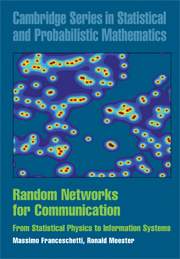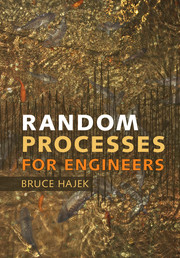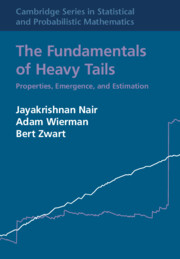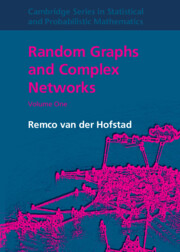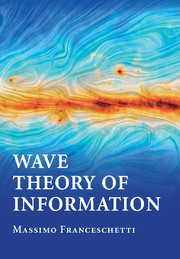Random Networks for Communication
When is a random network (almost) connected? How much information can it carry? How can you find a particular destination within the network? And how do you approach these questions - and others - when the network is random? The analysis of communication networks requires a fascinating synthesis of random graph theory, stochastic geometry and percolation theory to provide models for both structure and information flow. This book is the first comprehensive introduction for graduate students and scientists to techniques and problems in the field of spatial random networks. The selection of material is driven by applications arising in engineering, and the treatment is both readable and mathematically rigorous. Though mainly concerned with information-flow-related questions motivated by wireless data networks, the models developed are also of interest in a broader context, ranging from engineering to social networks, biology, and physics.
- Balanced approach: learn the theory as motivated by real applications
- Focus on information flow, the issue at the heart of communication systems
- Active authors at the forefront of research and development
Reviews & endorsements
'The balance between intuition and rigor is ideal, in my opinion, and reading the book is an enjoyable and highly rewarding endeavor … this book will be useful to physicists, mathematicians, and computer scientists who look at random graph models in which point locations affect the shape and properties of the resulting network: physicists will acquaint themselves with complex networks having rich modeling capabilities (e.g. models for random interaction particle systems such as spin glasses), mathematicians may discover connections of the networks with formal systems (much like the connection of the classical Erdős–Rényi random graph properties with first- and second-order logic), and computer scientists will greatly appreciate the applicability of the theory given in the book to the study of realistic, ad hoc mobile networks in which network node connections change rapidly and unpredictably as a function of the geometry of the current node positions.' Yannis Stamatiou, Mathematical Reviews
Product details
January 2008Hardback
9780521854429
212 pages
259 × 178 × 16 mm
0.55kg
67 b/w illus. 60 exercises
Available
Table of Contents
- Preface
- 1. Introduction
- 2. Phase transitions in infinite networks
- 3. Connectivity of finite networks
- 4. More on phase transitions
- 5. Information flow in random networks
- 6. Navigation in random networks
- Appendix
- References
- Index.

